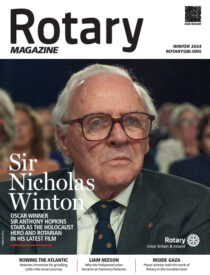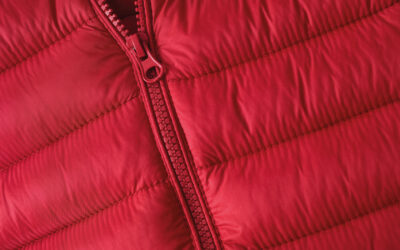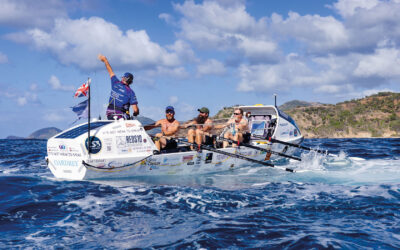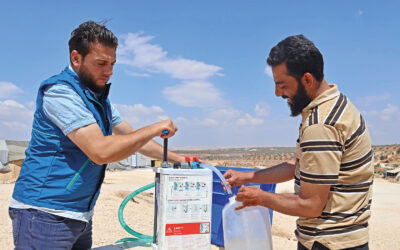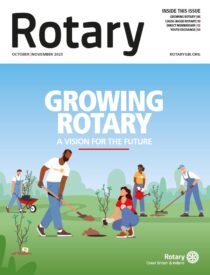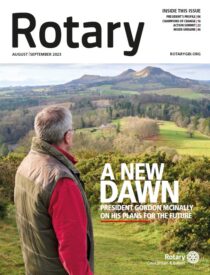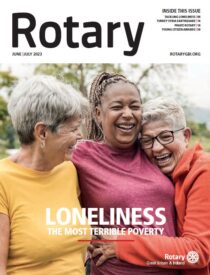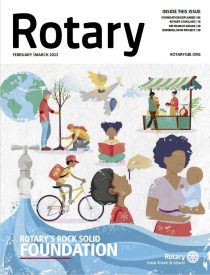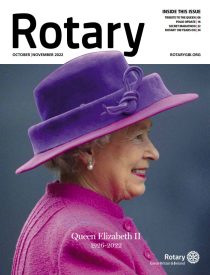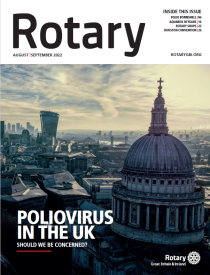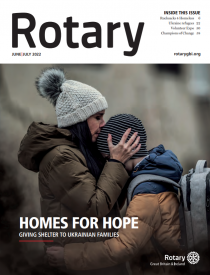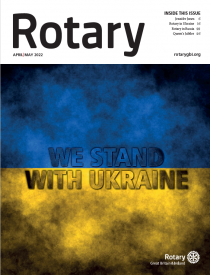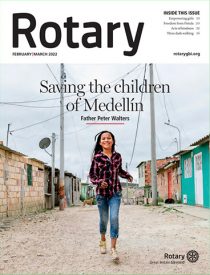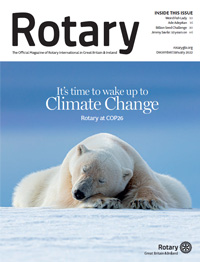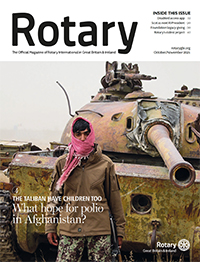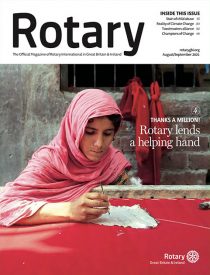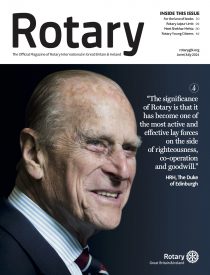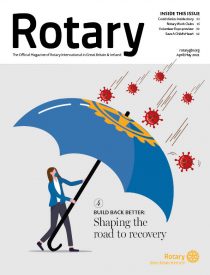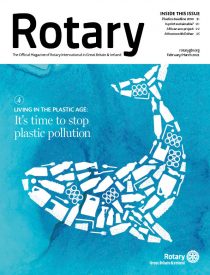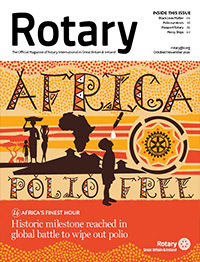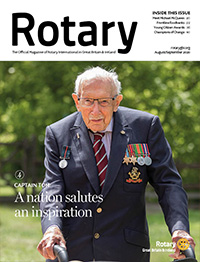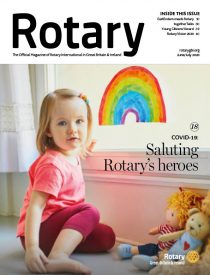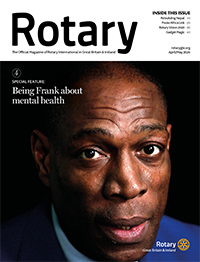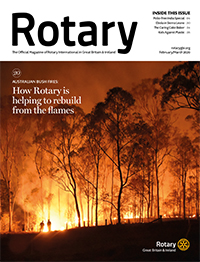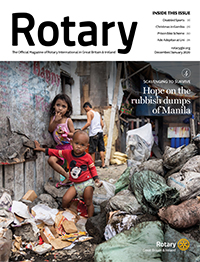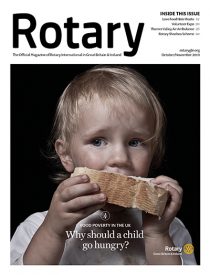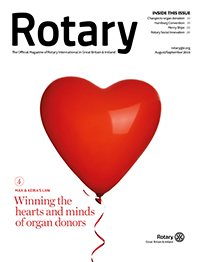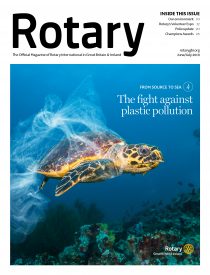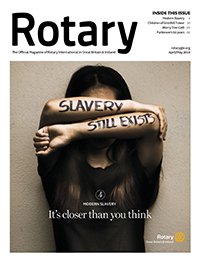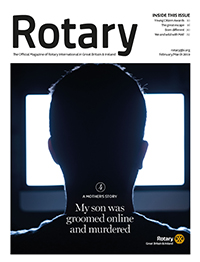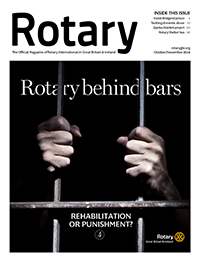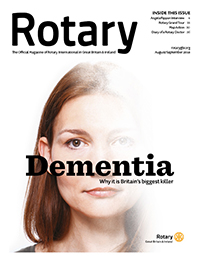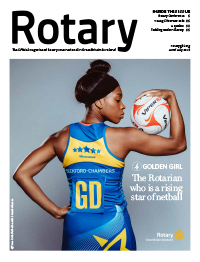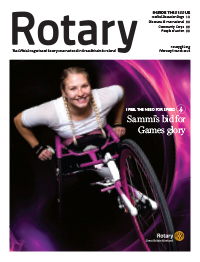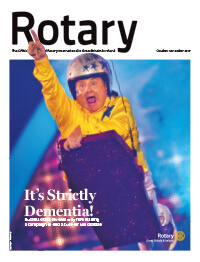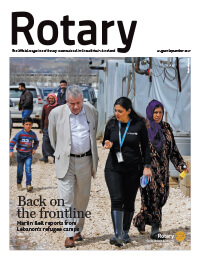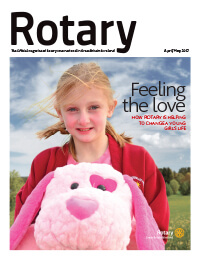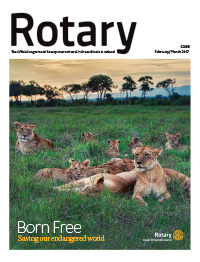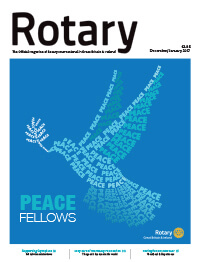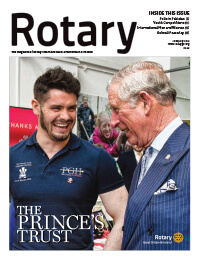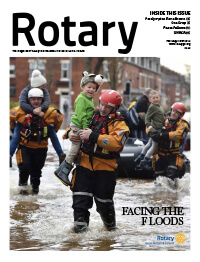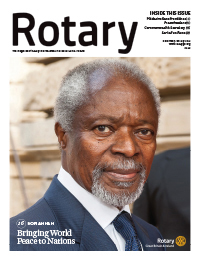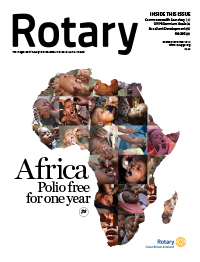Emerg shelter is at the heart of what ShelterBox does, and we are constantly adapting the support we offer. It’s this practical and flexible approach that drives our work and allows us to be there for people after they are caught up in traumatic events.
Listen to this article
Dome Tents
From our first response after the 2001 earthquake in Gujarat, India, we became known for our domed Vango tents and it’s still a strong and spacious shelter to this day. As we responded in different climates with heavy rainfall or winter temperatures, we adapted our tent design, adding extra ventilation, further rain protection, and a silver lining for heat retention and reflection.
UN Family Tents
We continued to learn from the people we supported and from other organisations and found that sometimes a standard approach across organisations can be best when assisting communities. For example, in many projects, ShelterBox works alongside governments and other charities to provide a standard disaster shelter, such as the UN Family Tent.
These tents are large and better suited to some of the communities we are working with. We initially started to use the UN Family Tents in Syria in 2013, as they work well where people find that they have to settle for some time.
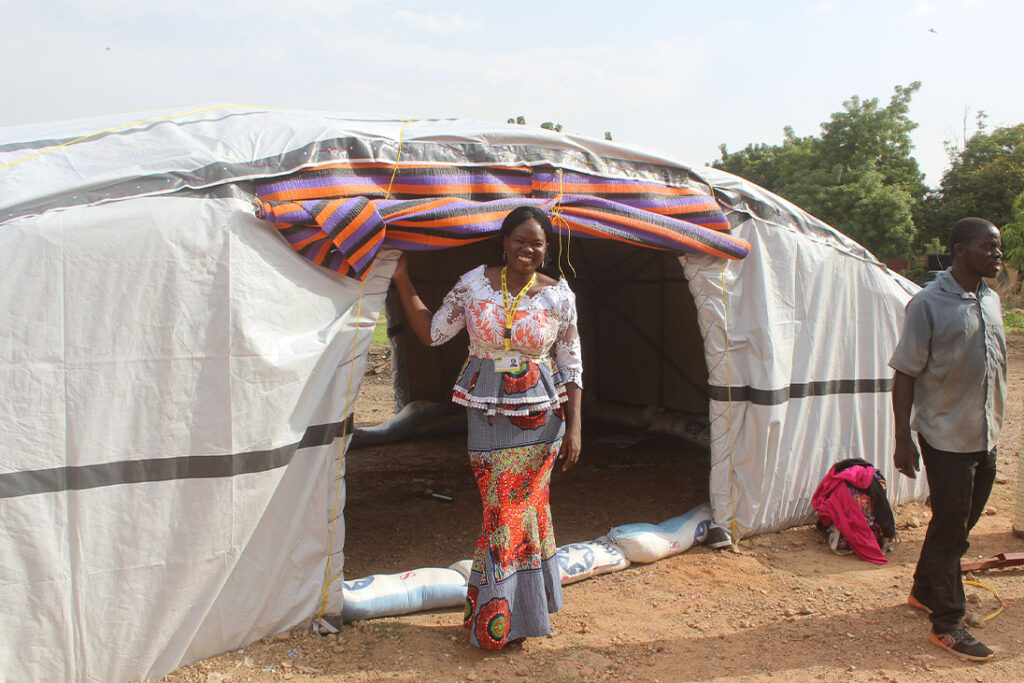

The Sahelian Tent, seen here in a ShelterBox project in Burkina Faso supporting displaced people fleeing violence.
Shelter Kits
Depending on people’s context, a tent is not always the right shelter solution.
When there has been a flood or homes are destroyed in war or extreme weather, there isn’t always space for a tent or solid ground to place them on, or in situations where homes are damaged and they need making safe.
The next step on our journey started in 2014 when we began providing shelter kits in Paraguay and northern Syria.
These disasters were both in urban areas and needed a shelter type that was more flexible. These very practical kits include two heavy-duty tarpaulins, a spade, a hammer, a saw, nails, and wire.
Other Materials And Solutions
In Burkina Faso, we work with people displaced by conflict. There, we have been adapting shelter structures to suit local customs and situations, providing the Sahelian Tent. The design makes use of tarpaulins, stretched over a locally sourced wooden frame, with large openings to allow good airflow. It’s a more durable structure suited for use by people who have been displaced in the extreme climate of the Sahel region.
Also on the African continent, our partners in Nigeria, ACTED, worked with trained carpenters to build shelters more suited to local customs and contexts using heavy-duty tarpaulins and a timber frame.
The Bama shelters create a home for up to five people with windows and an internal partition to provide privacy or to allow smaller families to live together.
ShelterBox is evolving so that we can find the right solutions that meet the needs of people affected by different disasters in different places.
We also understand even more that shelter is the crucial foundation that enables families to recover and rebuild after conflict and disaster.
You can find out more on the Shelterbox website.








